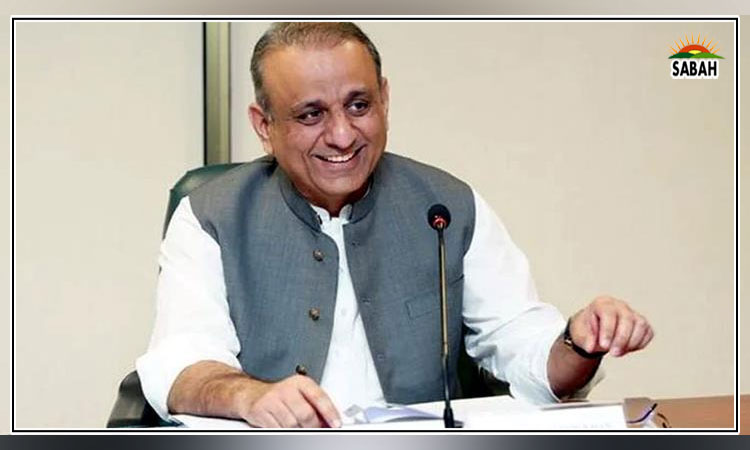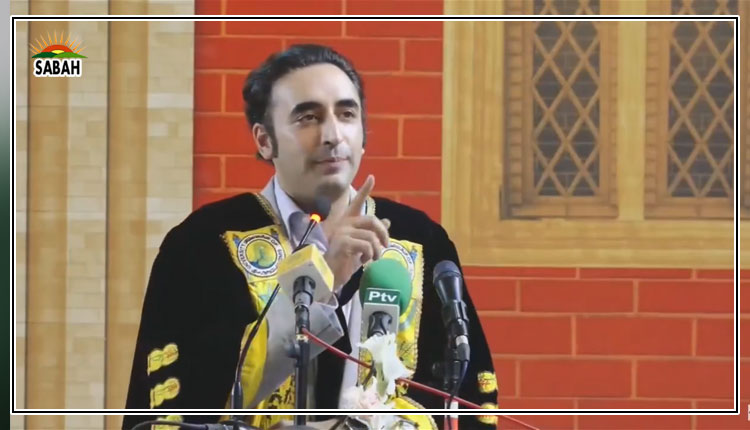Capital suggestion: Devaluation…Dr Farrukh Saleem
Heres a partial list of countries where currency devaluation has been a catalyst for protests at various points in recent history: Argentina, Turkey, Venezuela, Iran, Nigeria, Egypt, Zimbabwe, Ukraine, Lebanon, South Africa, Brazil, Indonesia, Mexico, Chile, Tunisia, Sudan, Bolivia, Ecuador, Peru, Ghana, Jordan, Malaysia, Thailand, Russia, Haiti, Romania, Ghana, Georgia, Azerbaijan, Angola, Tajikistan and Sri Lanka.
Heres a partial list of items that go up in price when the Pakistani rupee falls in value against the dollar: wheat, petrol, diesel, lentils, electricity, tea, natural gas, plastics, machinery, electronics, mobile phones, automobiles, medicines, cooking oil, fertilizer and chemicals.
Devaluation of the rupee is leading to economic hardships, job losses, and reduced wages, causing frustration among Pakistanis already struggling to make ends meet. As the value of the rupee decreases, people’s savings, pensions, and investments lose value, impacting their quality of life. The sharp devaluation of the rupee is pushing the already vulnerable Pakistanis into poverty, contributing to social unrest.
Currency devaluation leads to higher import costs, causing inflation and making basic goods more expensive, which can trigger public outrage due to reduced purchasing power. Currency devaluation leads to business closures, reduced investment, and job losses, driving unemployed workers to demand economic stability.
Without a doubt, the devaluation of the Pakistani rupee can be attributed to political decisions. It is evident that the government’s budgetary deficit plays a significant role in driving the devaluation of the rupee. Notably, this budgetary deficit itself is a product of political determinations. In order to address this deficit, the government turns to borrowing, a measure that subsequently contributes to the expansion of the money supply, ultimately culminating in the devaluation of the rupee.
A persistent budget deficit, which actually is a political decision, has eroded investor confidence. Foreign investors are always wary of investing in a country with a large persistent budget deficit. This lack of confidence is leading to capital flight, where investors are withdrawing their investments from Pakistan. As foreign currency exits the economy, demand for the local currency decreases, causing its value to drop.
Protests can arise when people blame their government for mismanaging the economy. The catalysts for protests can be influenced by a variety of factors beyond currency devaluation alone. Additionally, the timing and intensity of protests can vary widely based on local contexts and government responses.
Economic decisions influenced by political agendas have serious consequences and the potential for unrest lies just beneath the surface of economic upheaval. As the prices of essentials soar, the very fabric of daily life is being strained, placing an unbearable weight on the average Pakistani. Savings have evaporated, investments have lost value, and the dreams of a secure future are being replaced by uncertainty and fear. The cauldron of discontent boils over, and the potential for protests and social unrest looms large.
The caretaker government should undertake three essential tasks. First, it should prioritize fiscal discipline by effectively managing budget deficits and decreasing dependence on borrowing. This approach will alleviate the strain on the rupee and curtail its vulnerability. Second, the government must take proactive measures to implement structural reforms aimed at enhancing economic competitiveness, fostering foreign investment, and augmenting exports. Such initiatives will invariably contribute to the appreciation of the rupee’s value. Lastly, a harmonized effort is imperative, necessitating seamless coordination among monetary, fiscal, and trade policies. This integrated approach will serve to establish a unified front dedicated to the stabilization of the currency.
Courtesy The News












